Portraits Of Gen X Xenophobes: An Interview With Artist Gene Stout
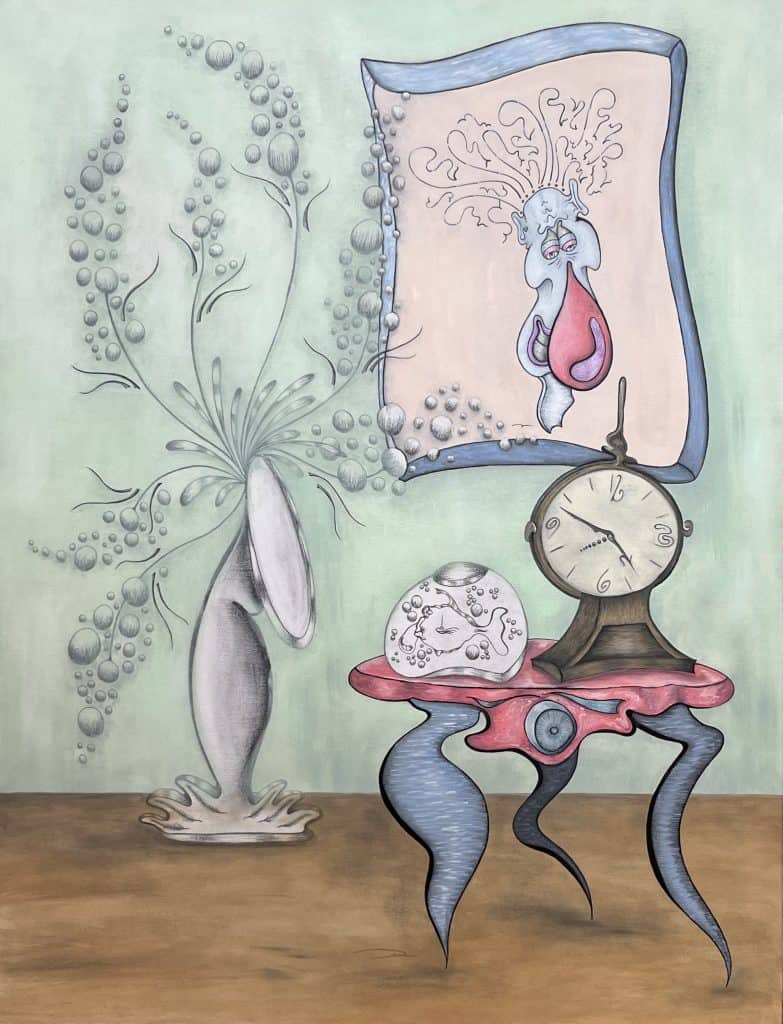
Image of The Wake of X4 by Gene Stout
The Author and Her Lover’s Hands
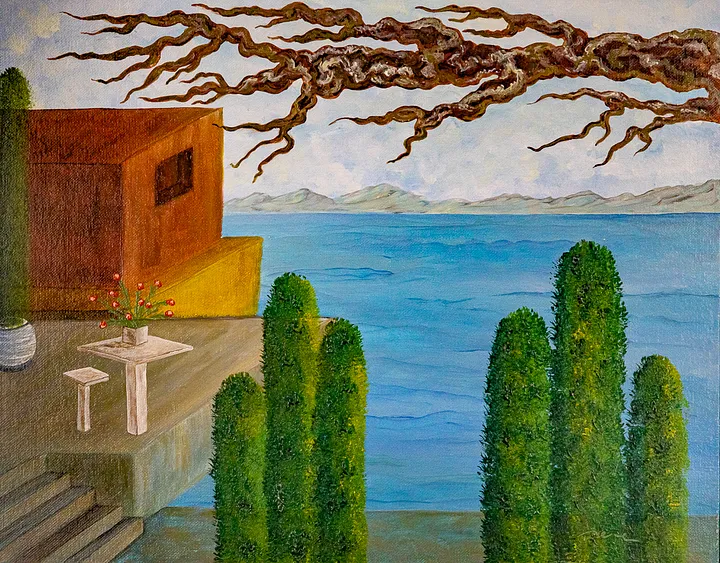
A fine artist and an author marry. How do they navigate such a relationship. We have agreed to our open marriage. My husband, our lovers, and me.
If You’re a Creative, 14 Friends to Cut Loose — And 1 to Keep
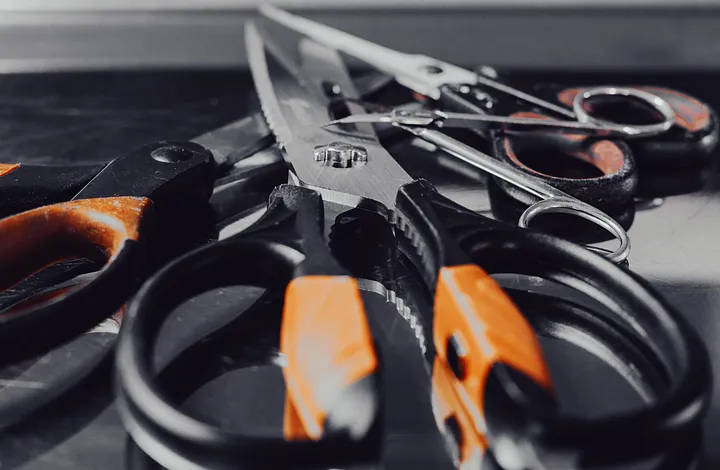
There are 14 enemies of creative people. Cut these people loose – and keep the friend who qualifies under the new paradigm.
Be a Real Writer: Meet Tony D

Interview with The Piney’s author, comic book and television script writer, Tony D, Tony DiGerolamo. Real writers write. And write more.
(Don’t) Stop Acting Like a Child
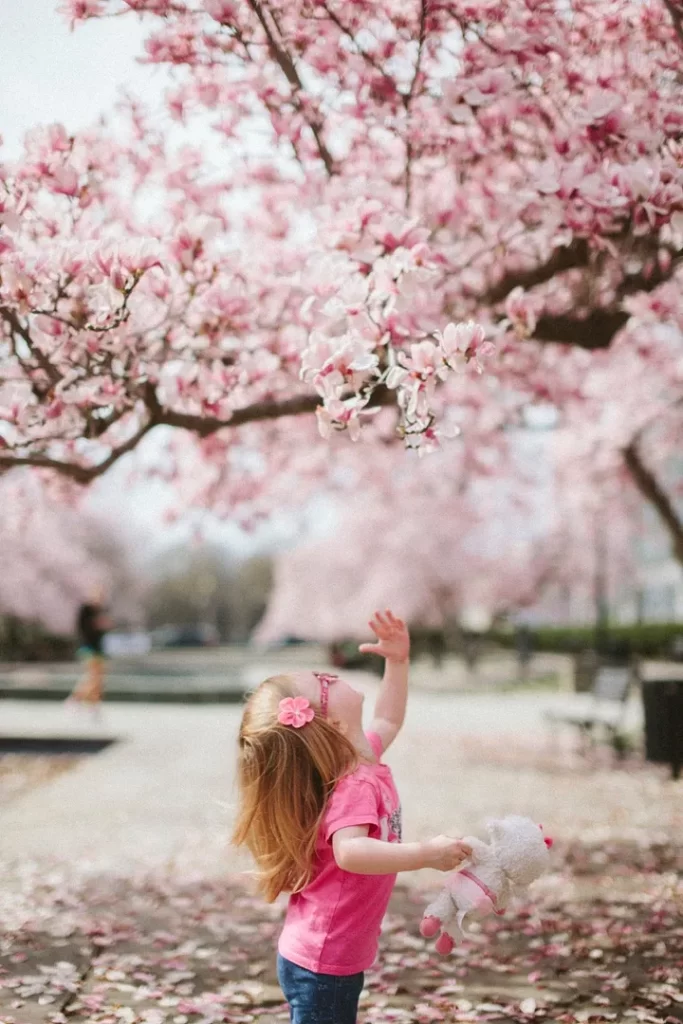
Adulting is overrated and destroys creativity. Here’s how to recapture your childlike wonder, playfulness, joy, and willingness to take risks.
Gavin Shwahla: Nature Jedi

“This planet is the thing we are all connected to — in a way that’s almost indescribable. But we are losing the things that make life worth living.”
Connecting Strangers: Artist Beatrice Shoff
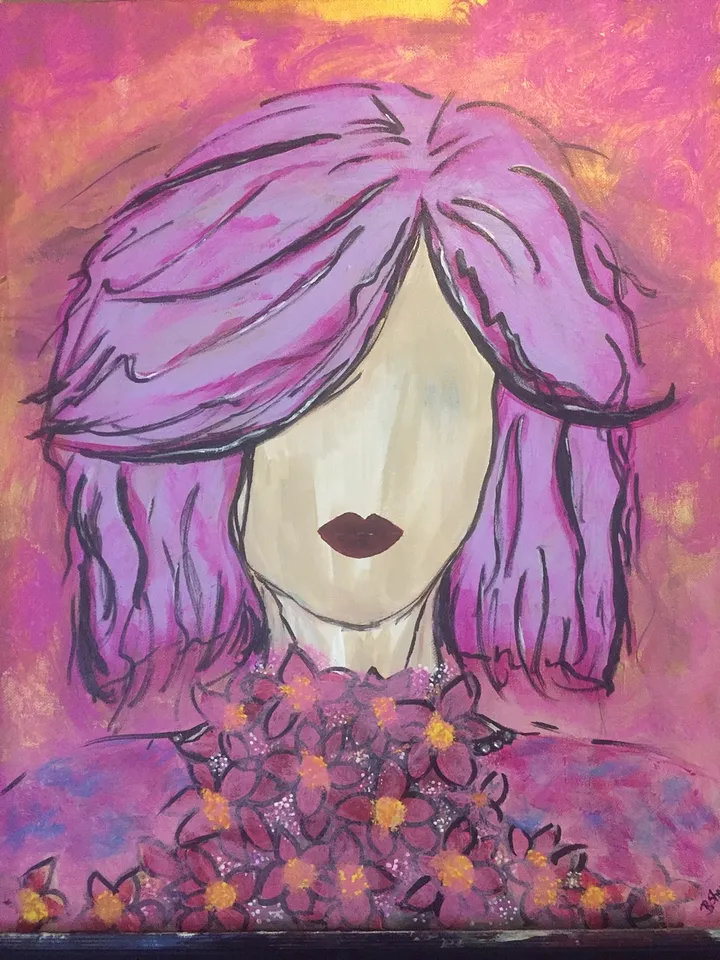
Artist Beatrice Shoff’s emotional, faceless paintings represent women of all ages, races, and experiences. Try to not see yourself!
Reject Rejection! Writers Wanted
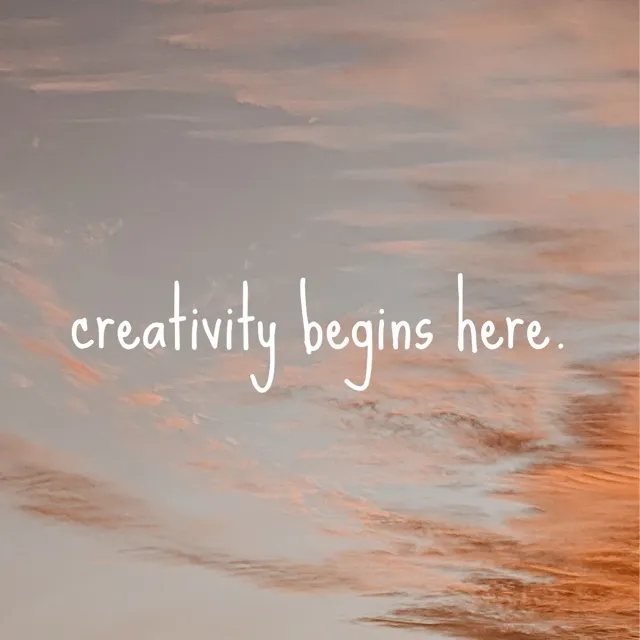
If you’re a creative, you must learn to reject rejection as subjective feedback. One person’s trash is another’s treasure. Keep doing you.
Greatness, Mediocrity and Glorious Defeat
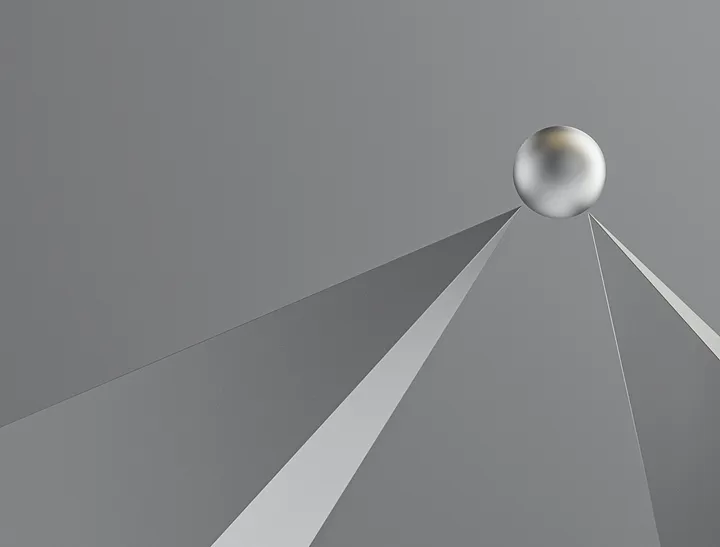
Artists and creatives: forget perfect. Perfectionism is an unattainable delusion that will keep you from achieving greatness.
Black Belt Artist
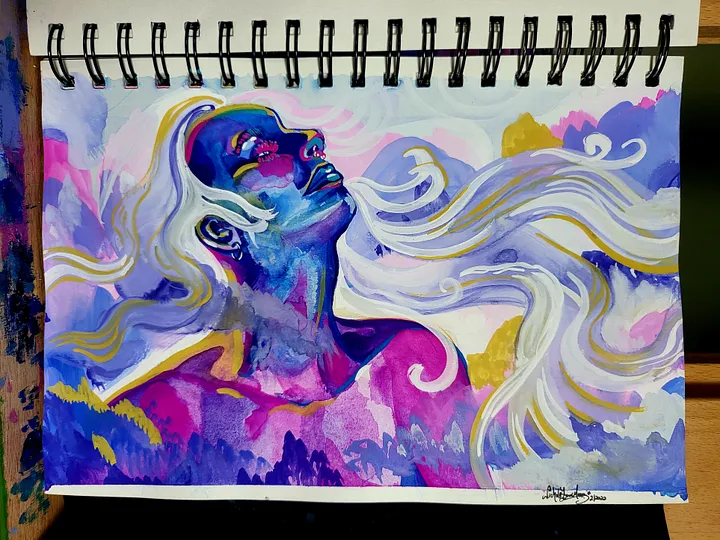
Meet blackbelt and talented artist, Nichole L. Moore. Her emotional, modern impressionist paintings, primarily of women, inspire and energize.
The van Gogh Tragedy
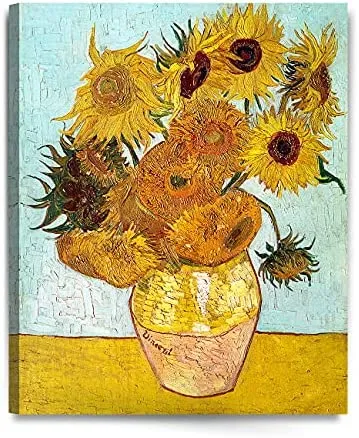
The tortured artist trope is nonsense. Artists and society wrongly equate mental illness with talent.
Understanding Copyright Law: A Guide for Content Managers
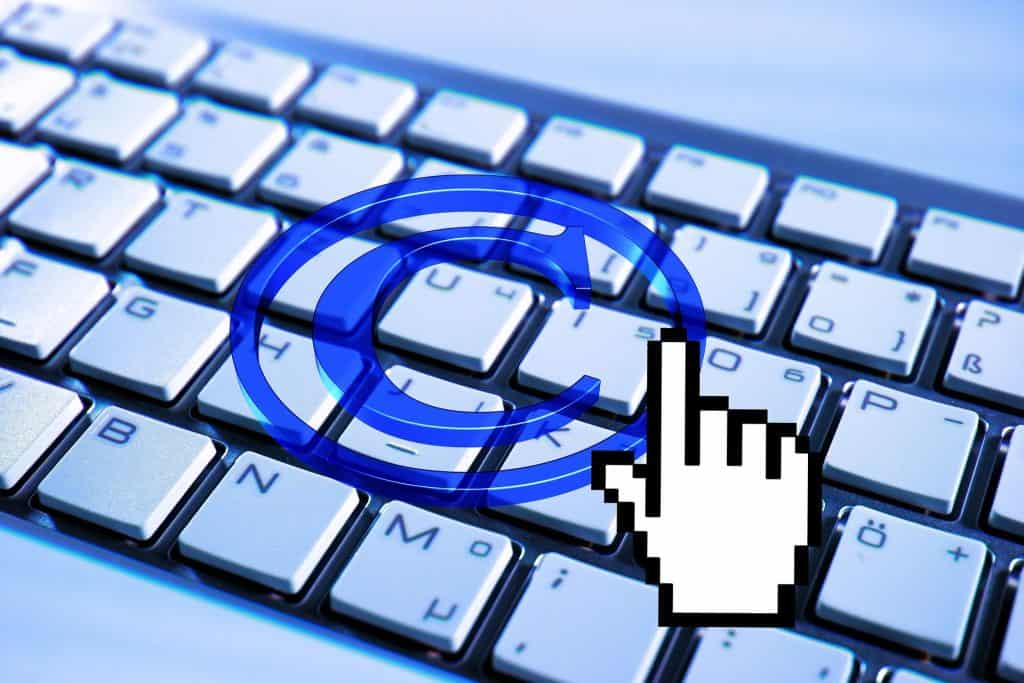
Internet downloads are poison During a meeting with a recent content client, I asked where the team gets images for the website and posts. The office manager, an intelligent and educated woman, boasted: “We download from the internet.” I’ve heard that one too many times. With trepidation, I asked: “And you credit the creator?” “No.” “You obtain a license from the creator?” “No.” Oh, Princess Buttercup. Big damn mistake. The risk might be slight: the creator or the creator’s legal team sends you a cease and desist copyright infringement letter directing you to delete the content. Or the risk can be significant: the creator or the creator’s legal team sues you for infringement. Yeah, so, Princess Buttercup quips. We can take it down. Then they’ll go away. Not likely. The copyright owner can seek actual damages (which he or she would have to prove), or, if the work is registered, seek statutory damages: from $750 to $30,000 for each violation. Plus, if they prove the infringement was willful, the copyright owner can seek up to $150,000. This is not a “yeah, so” scenario. And let’s not ignore potential ethical violations. If you are a real estate agent, for example, the National Association of Realtors insists on responsible use of intellectual property. They, like other professional organizations, can fine you. And what about your integrity? As an educated person, I am likely to avoid businesses who flagrantly violate others’ rights. So, no, Princess Buttercup, you should not just “download it from the internet.” I’m writing this piece not only to scare you but also to educate you. Sure, you want appealing and attractive content for your website, email blasts, and social posts. I get it. But using content without attribution and without permission is theft. As a creator, it disgusts me. Attribution and permission rules apply to all creative content: images (video, photographs, graphics, logos), music, and words. And even if you attribute to the creator, he or she can still demand you remove it if you use it without permission. And purchasing a song or a painting does not grant you the copyright rights (to distribute, to alter, etc). The absence of a mark or notice does not mean the work is not copyrighted. The little R in a circle means the creator registered the copyright with the United States Copyright Office. But they don’t need it to have a copyright. They don’t even need to add the little C in a circle to indicate the right. Or say “this is copyrighted.” Once a work is in a fixed form, it’s copyrighted. You take a selfie? Copyrighted. You write in your journal. Copyrighted. Truth. Arguably, you do not need permission and do not violate copyright if you are using the content under one of the permitted “fair-use” categories. Arguably. If you are using the material for educational purposes, journalistic reporting, or social commentary, the use is acceptable. However, even if using the material under one of these exceptions, you would be wise to at least attribute the original content, use only what you need (you shouldn’t be using the entire book or song), and not profit from the use. What do I mean not profit from the use? I often use copyrighted content to teach in my classes and articles. Or, I’ll use a photo or video for social commentary and criticism. Those uses are fair use exceptions. I sell the courses and get paid for my article — but my content is what I am selling. I’m not hawking tee shirts with the poem or image for profit. Without exploring volumes of copyright cases and regulations and turning this article into a law review nightmare, the key to fair use is not capturing sales or a market rightfully belonging to the creator. For images or video, choose online servicers like Unsplash, Shutterstock, or Adobe Stock. You can license music from ASCAP or directly from the artist. For music, you can also use in app suggestions. For example, Instagram provides a list of audio content to enliven your post. You can license video from Jukin. In many cases, creators permit limited licenses to users to help promote their creations (Creative Commons or CC). You can check the content information to identify what license the creator permits. Unsplash is great because as long as you attribute the work, you can use it for free. You can also use public domain content. Content enters the public domain when the copyright expires. You can easily find public domain music — just be careful… You want to ensure the song and the performance is public domain! A classical piece by Beethoven is public domain, sure. But the symphony performing the piece may own rights to that recording. You have many routes to using content in a lawful and ethical way. Why choose to be a thief?